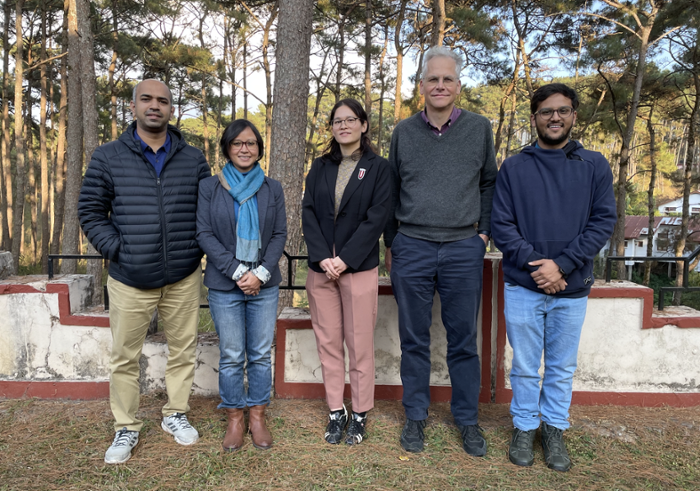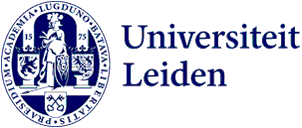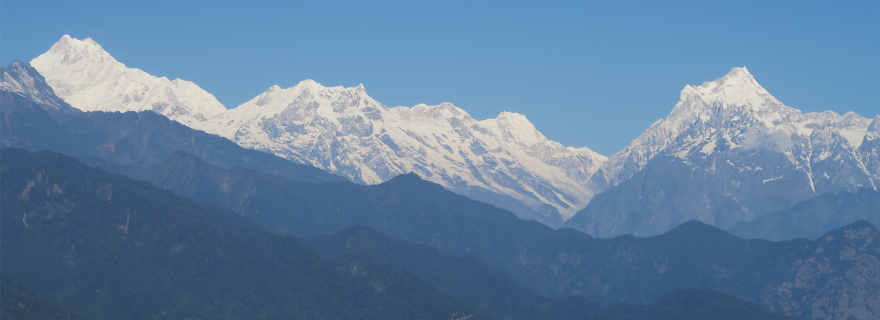About the Project
Short introduction
Futuring Human-Nonhuman Relationships
The landscapes of the eastern Himalayas have been shaping and are shaped by the relationships people form with one another and maintain with a broad range of nonhuman presences. This diversity of relationships and entanglements must be acknowledged to grasp how ecological degradation creates challenges for the future of these valuable yet precarious environments, and the cultural expectations of its indigenous ethno-linguistc minorities. Increasingly, the region attracts initiatives aimed at ‘community-led’ conservation, which frame Himalayan landscapes predominantly in terms of cultural heritage. These, however, sit uneasily with residents’ traditional uses of forests, rivers and mountains, and the human-nonhuman relationships these encompass. How can customary knowledge, skills and ways of life, rather than being disregarded as obstacles contribute to environments that are sustainable? How can initiatives aimed at conservation and climate action in the eastern Himalayas be brought in sync with local ontologies?
Sensorial Ethnographic Mapping and GIS
Conceptualised by a consortium encompassing anthropologists, sociologists, and geographers, as well as societal partners active in the Himalayan region, Futuring Heritage will identify common ground among different stakeholders who at times struggle to grasp each other’s perspectives, desires and decisions.
Developing new spatial methodologies, which explore the intersections of sensoreal ethnographic mapping and GIS technology, the project focuses on usages, perceptions, relations and claims to land. We will research these conceptualisation and valuations of land in the light of how these make reference to heritage, ontology, indigeneity as well as various forms of governance.
Futuring Heritage encompasses three sub-projects, allowing for the comparison of how distinct landscapes encompass heritage in the eastern Himalaya.







